Let’s face it, technology doesn’t last forever. We are moving away from what is called discrete components to very small surface mounted components everywhere. With a shrinking world, components are more susceptible of failing.
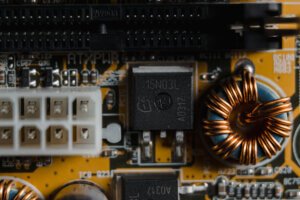
Component failure
Fault finding is a case of probing components on a board with a multimeter and looking for shorts or open circuit components that should provide a resistance. If the fault is not visible with a short, applying a freezer spray will lower the temperature of the board so that when a low voltage is applied to the board, that component gets hot and shows by melting the frost. That bad component can be removed and replaced. However, it can be like looking for a needle in a haystack, and some components don’t come off the board without damaging the board, especially in the case of mobile phones where the components can be smaller than a grain of rice.
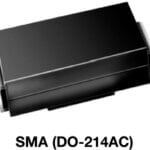
Avalanche Diodes
Avalanche diodes are added to circuits for protection. Diodes only allow electricity to flow in one direction. Avalanche diodes are used differently, they are connected the wrong way up so they don’t actually let electricity flow unless someone has connected the live and neutral the wrong way around, so it shorts the connections instead of blowing sensitive components. Additionally, if the power increases too high, the diode avalanches the flow to ground.
Avalanche diodes tend to fail short circuit, so no power goes to the rest of the computer.
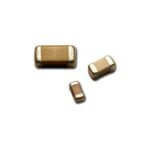
Capacitors
Capacitors store charge and release it slowly, so they are used for smoothing and decoupling. The older motherboards used mostly electrolytic capacitors which are made from paper and a solution that stores the charge. Over time, this solution can cause the casing to swell and leak so you can see which one has gone, or they explode. These tend to fail open circuit. but tend to cause shorts when they leak.
Modern devices use ceramic capacitors which are prone to vibration damage and heat damage and they often fail short circuit, so they fail like the avalanche diodes do.
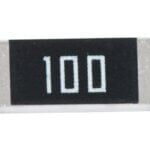
Resistors
Resistors do what the name suggests, they resist the flow of energy by converting that energy into heat. Discrete resistors were large and made from a composite of clay and carbon and would fail open circuit.
Modern surface mount resistors fail open circuit. Low resistance (usually marked 0) resistors are designed to be used instead of jumpers, so they are soldered in a certain position; they are also used as fuses so if too much power is delivered they blow and protect the rest of the equipment.
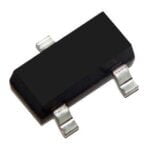
Transistors
Transistors in the power circuits work as switches, so they get a signal to switch and that allows electricity to pass across them, and when that signal stops, they stop the flow.
Discrete transistors often fail on the legs, going open circuit. Ceramic surface mount transistors can grow tendrils inside and fail short circuit or burn out and fail open circuit.
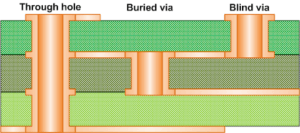
Vias
A via is a link through a layer of the printed circuit board to another layer. In the days of discrete circuit boards, most boards were single layer so had link wires that connected the tracks together with thick wires that were less likely to fail.
Surface mounted boards can be multilayered with vias that are invisible to the surface that connect sub layer tracks together. If there is a heat problem, the board can warp and the vias become resistors when hot. This is often the cause of intermittent problems related to heat. Something that works when it’s cold and fails when it’s hot is more likely to be a component like a via changing resistance, although all resistors can change their resistance with heat.


